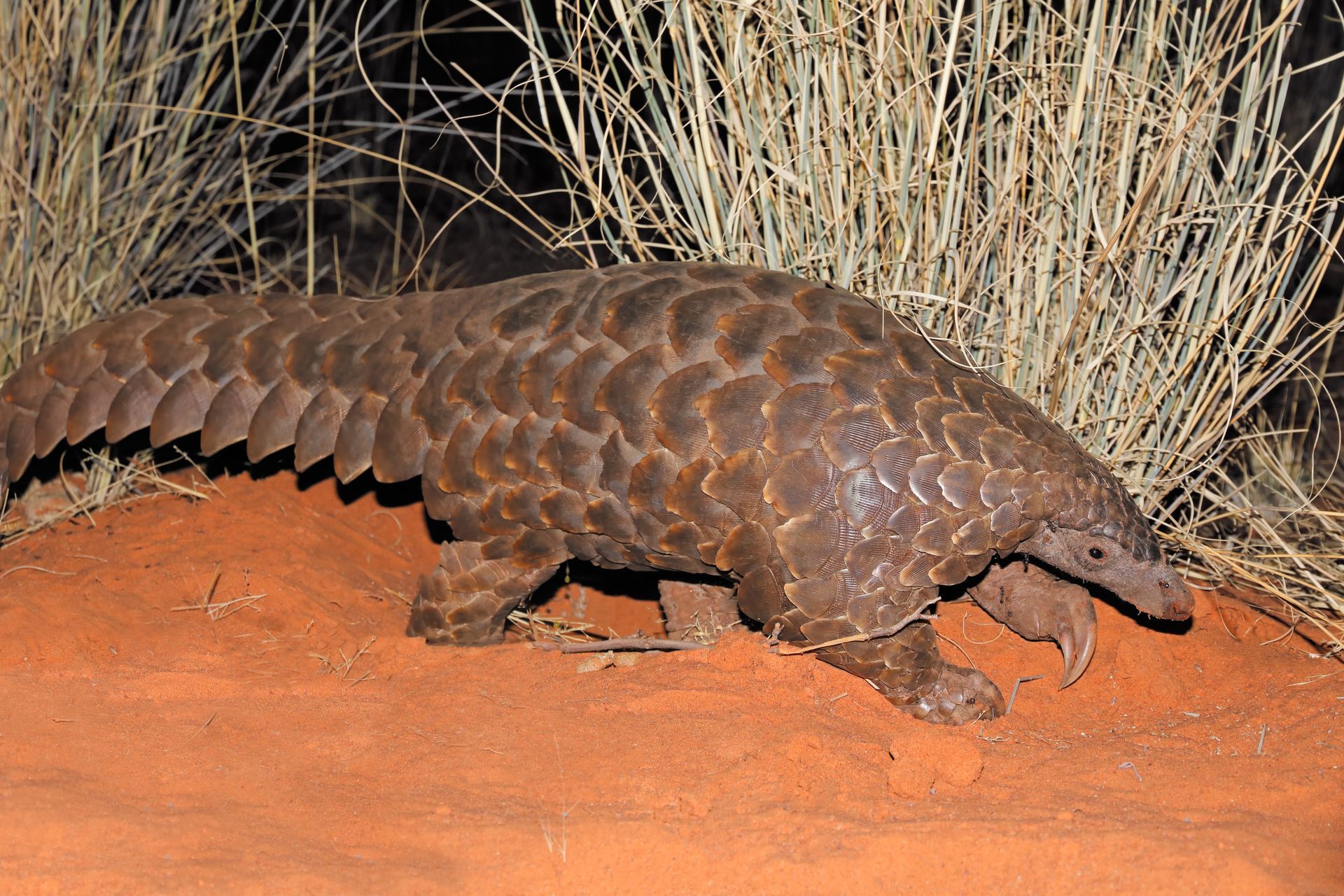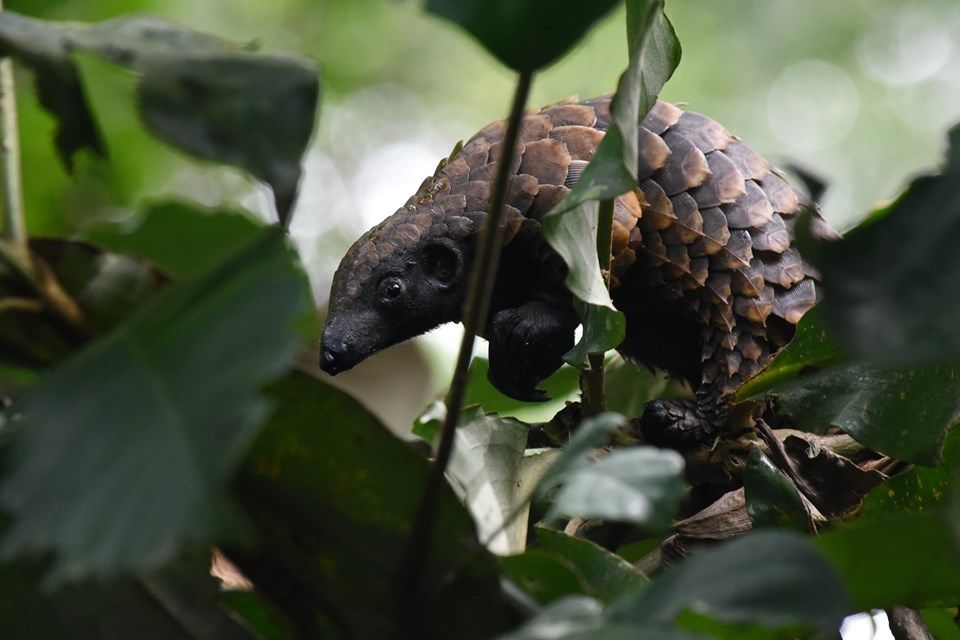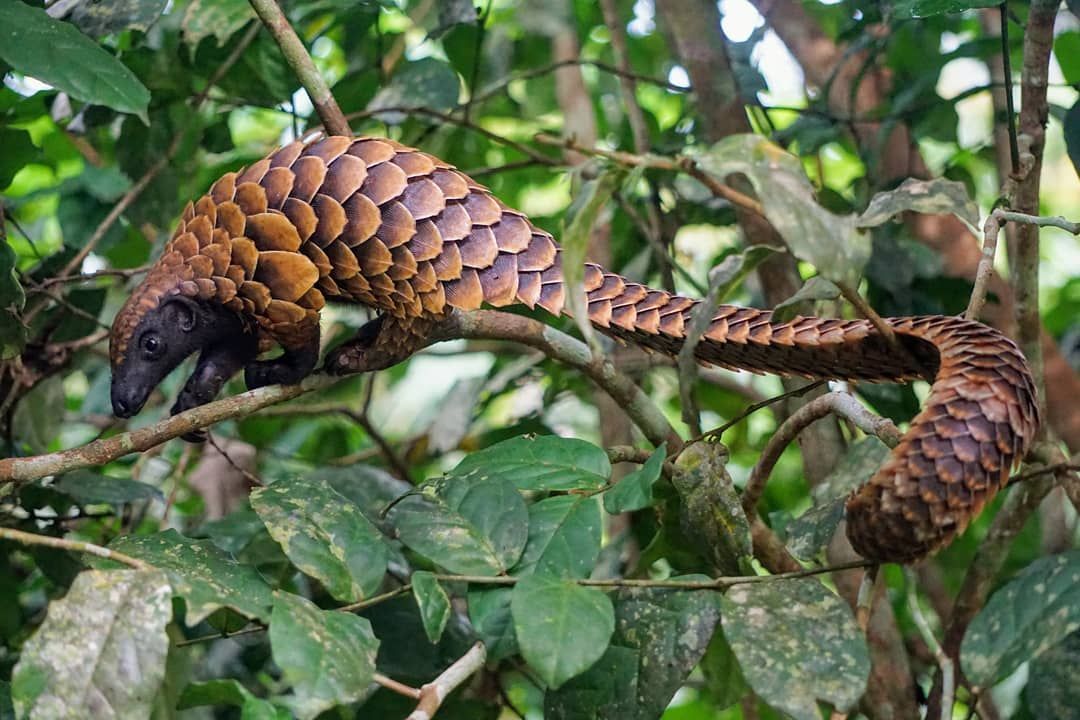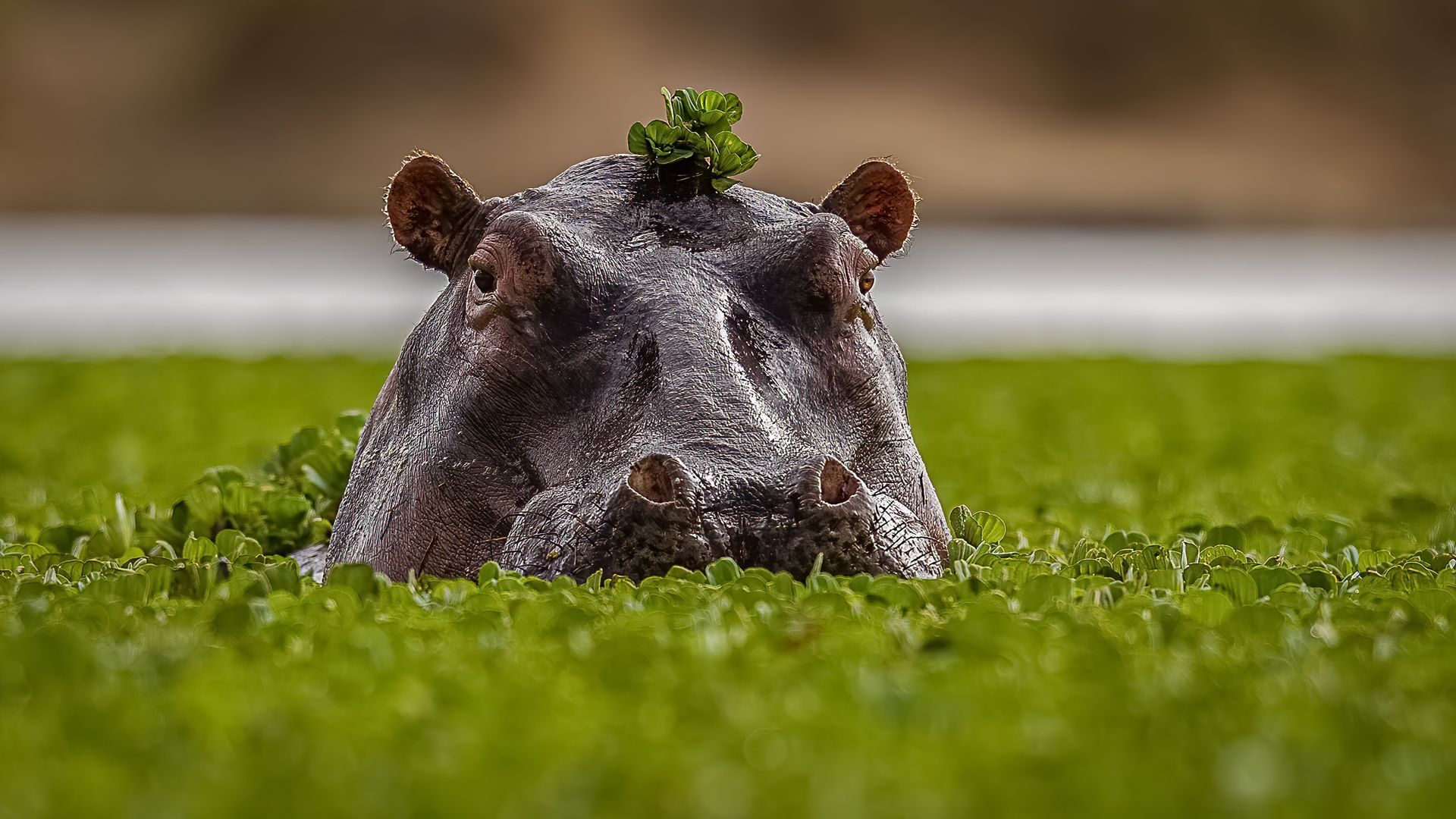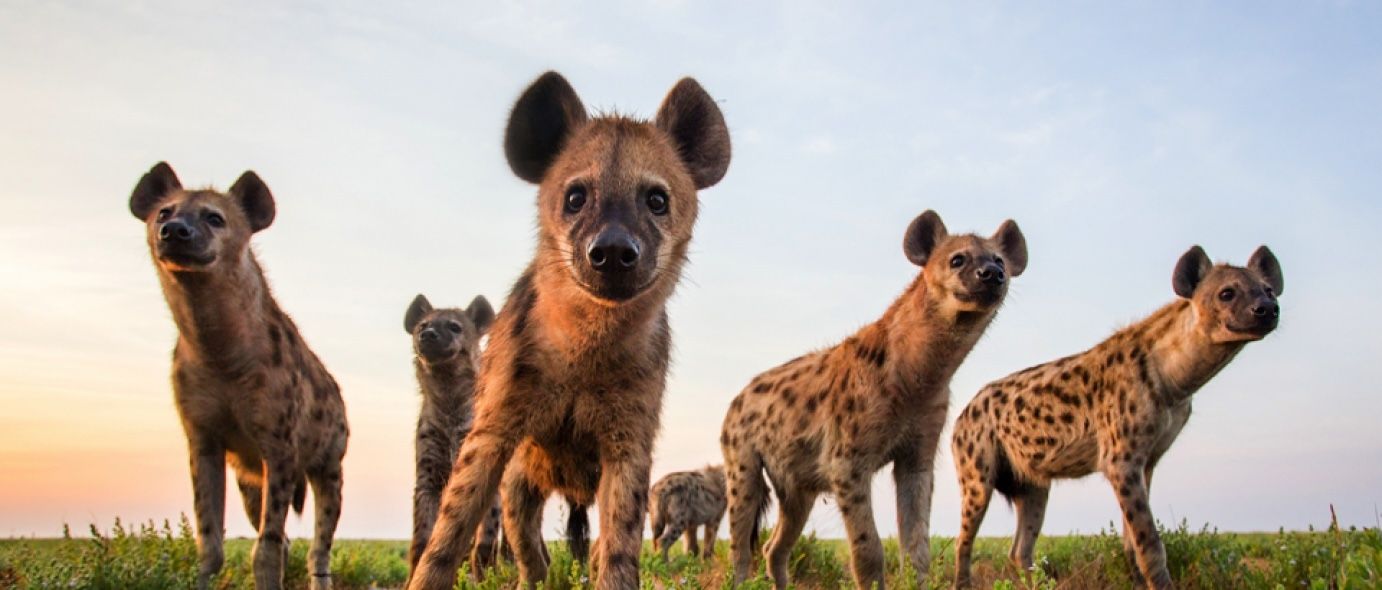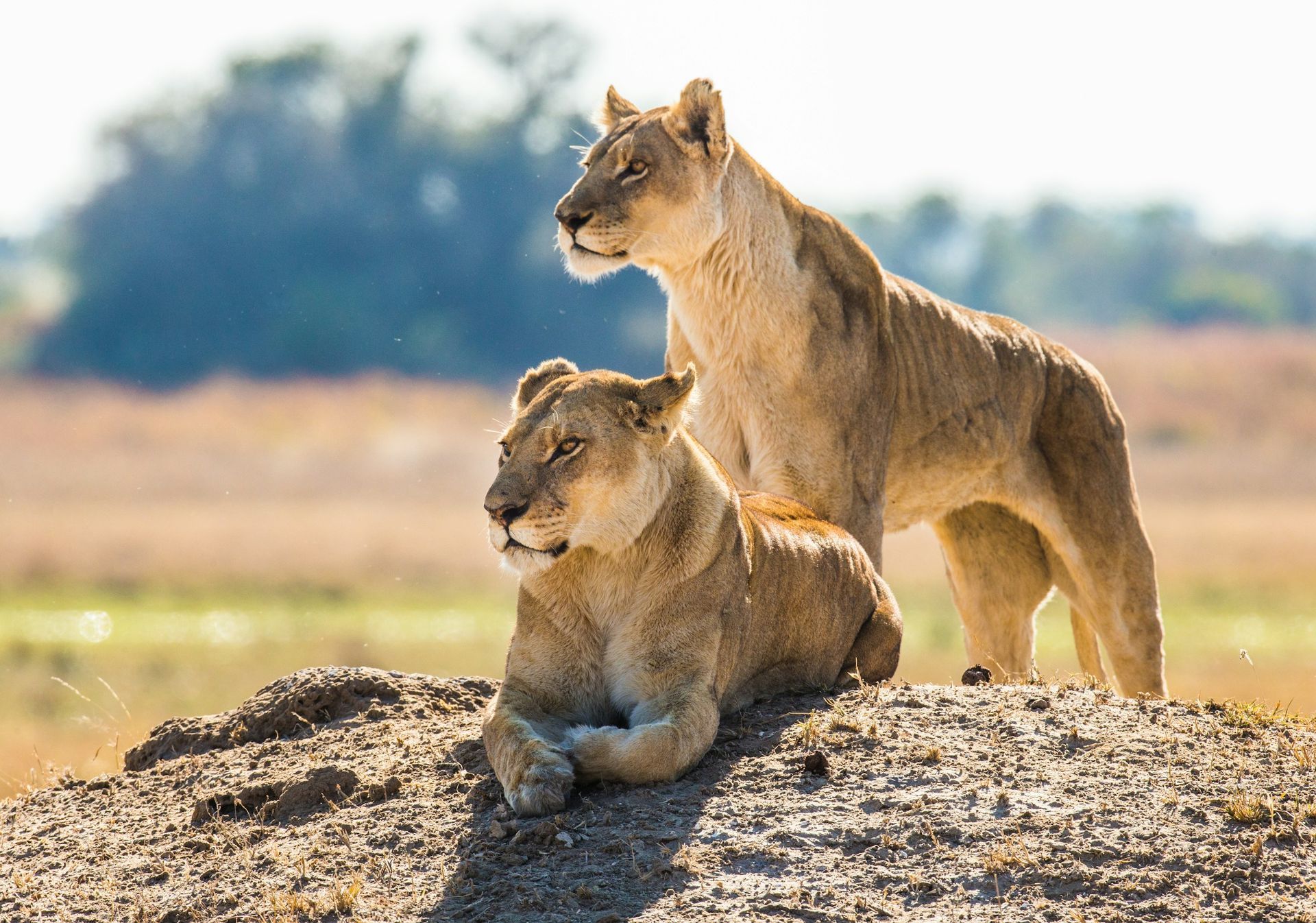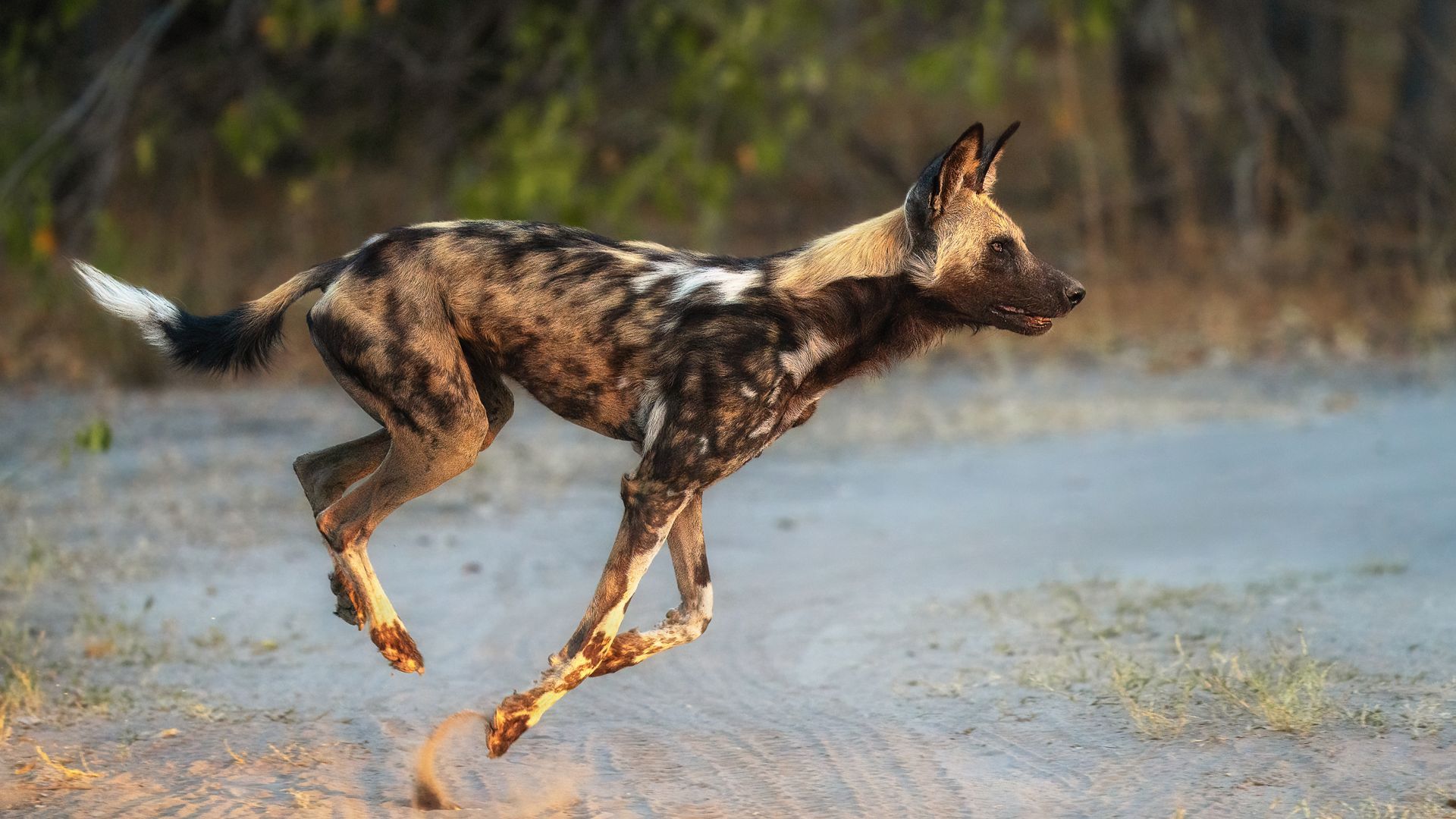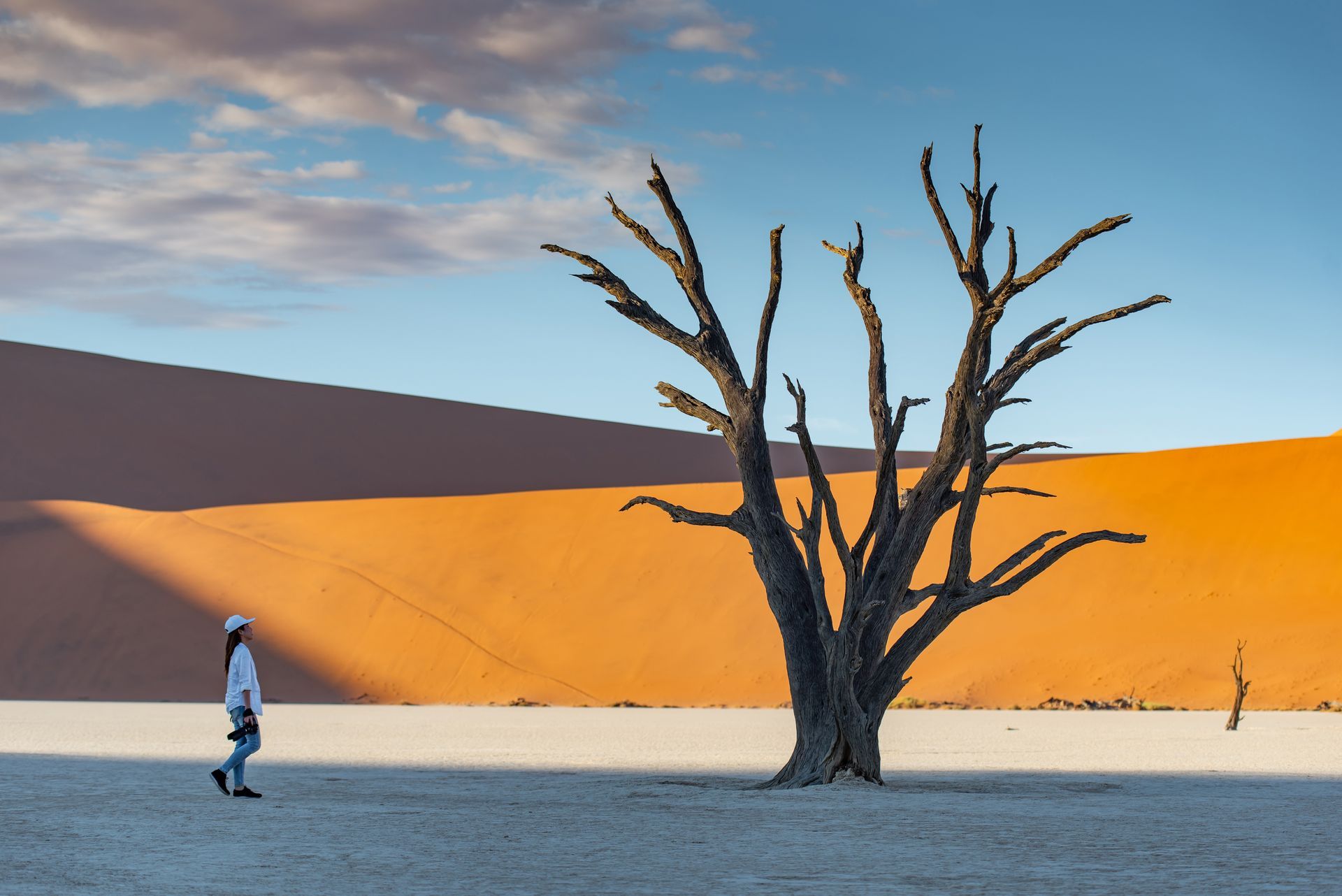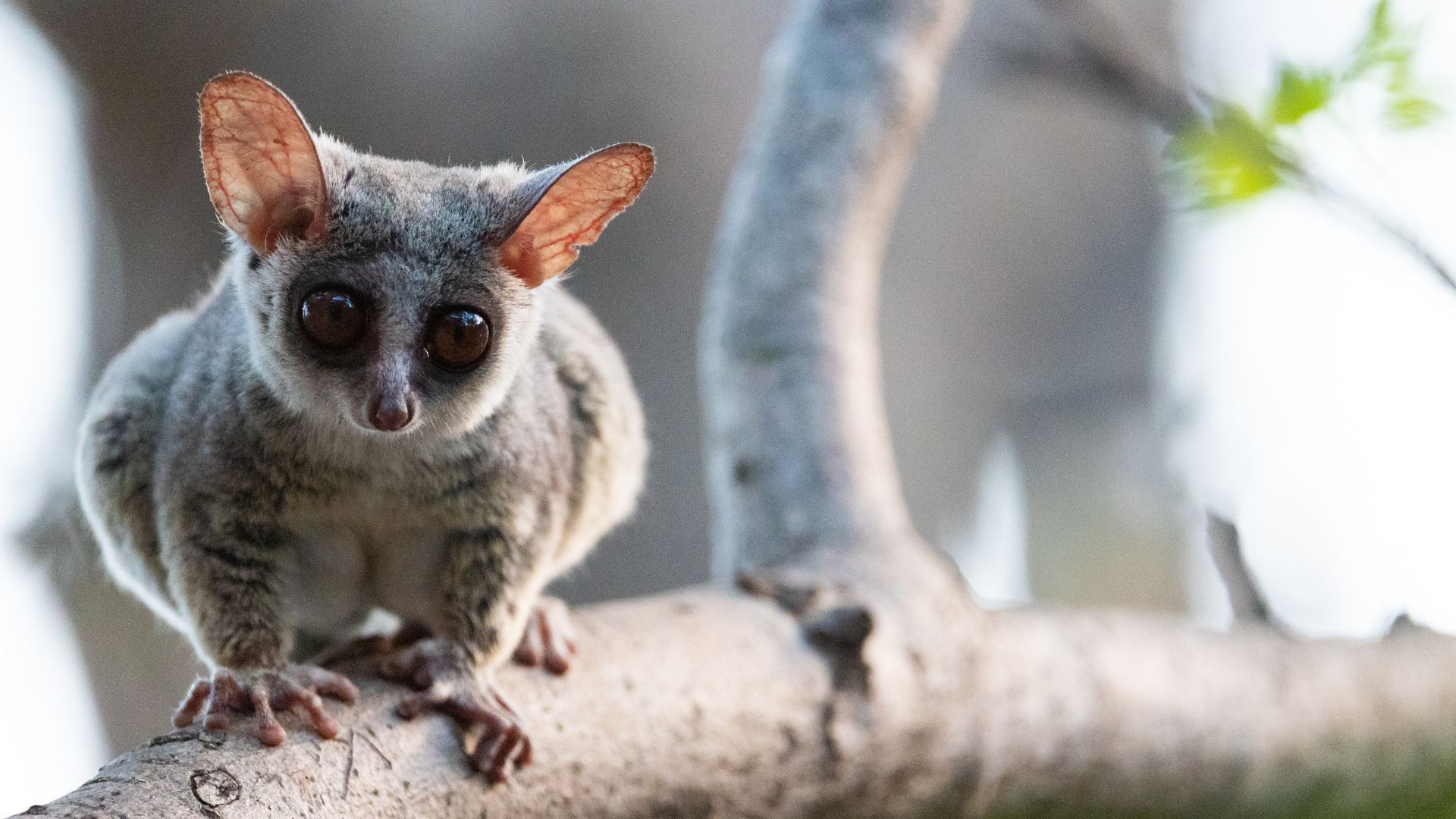TIPPING THE SCALES - A PANGOLIN STORY
Meet the most threatened species you've never heard of...
While the world's been focused on the plight of the rhino and the horn that has a myriad Asian gentlemen convinced its nature's viagra and a cure for everything under the sun besides, another African species has been topping the list of the world's most trafficked animals - the pangolin. What's a pangolin? An African icon we need to save. That's what.
We know. It's hard to get our usual sass on when it comes to an endangered species. But perhaps our trademark sense of humour will help us share the plight of this shy, retiring and humble little critter without us getting all preachy and tree-huggy. Even though we do hug trees and believe everyone should.
Let's start with a bit of a biology lesson. Don't worry - it's not going to involve lots of long Latin words and taxonomic snore. Just a bit of background as to where pangolins are found and what it is about them that makes the Far East froth at the mouth.
Pangolin 101
There are eight species of pangolin in the world. Four are found in Asia (where numbers are plummeting, thanks to the illegal wildlife trade) and four are found in Africa (where numbers are plummeting, thanks to the illegal wildlife trade). You get the picture.
The four species found in Africa are the white-bellied pangolin and black-bellied pangolin, both of which are arborial (meaning they climb trees) and found in the equatorial forests of central Africa and some parts of west Africa.
Then there's the giant pangolin and the Temminck's or ground pangolin, both of which are terrestrial (they live on the ground and don't climb). The giant pangolin shares a similar range as the white-bellied and black-bellied pangolin. The ground pangolin can be found in a central, eastern and southern strip of countries in sub-Saharan Africa, from Chad and Sudan in the north to South Africa in the south. It's not found in western Africa.
What is it?
The pangolin is a scaly ant-eating mammal. It's covered from head to toe (and long tail) in pine-cone-like scales made from keratin, the same stuff as rhino horns and our finger and toe nails (hint: that's a clue to why it's so endangered).
It's a relatively small creature - the biggest African species is the giant pangolin that tops the scales (pardon the pun) at around 35kg and measures around 1,5m long. The smallest is the black-bellied pangolin at just 85cm long and weighing an average of 2kg. It ambles around on its hind legs, like a little dinosaur and is gob-smackingly cute.
Pangolins dine exclusively on ants and termites and their eggs and larvae. Pangolins have no teeth and their jaws are tiny, with room only for their fabulously long, sticky tongues that can be longer than the entire animal itself!
When threatened, a pangolin will curl itself up into a tight ball and wait for the danger to pass, presenting a tough wall of hard scales to the outside world and whatever it is that's messing with it. Us included. Predators usually give up on this impregnable scaly ball. Humans just pick it up and pop it in a bag.
Why is it trafficked?
Were you taking notes when we said the pangolins' scales are made of keratin. Just like rhino horn? Well, that's why this wonderfully weird, inoffensive and rather cute little beastie is being systematically wiped off the face of the planet. With Asia's four species in critical condition thanks to the appetite of Chinese medicine for its scales and a fondness in the Far East for its flesh (especially unborn fetuses) the focus is now on Africa's pangolins.
The result is wholesale slaughter. Enough to fill container loads with the tiny scales. So, the animal you've probably not heard of may not be around long enough for you to find and see in the wild now that you've heard of it. It's being consumed to extinction.
Is there hope?
Yup. Thank heavens. There is. Because while good people like you have been unaware that this little treasure exists, most of us here in Africa have been working hard to make sure that it's still around for you to not see it. If you get our drift. Why don't you see it? Because it's a very shy and secretive little thing that does most of its moving around at night while normal folk are tucked up in bed, snoring, or binge watching Netflix with a six pack and packet of something salty.
In places like the Republic of the Congo's Odzala-Kokoua National Park and Central African Republic's Sangha Trinational Park (shared with Congo and Cameroon) there are dedicated NGOs working on pangolin conservation. One of these is the Sangha Pangolin Project that operates in close conjunction with Sangha Lodge and with the co-operation of the local Baka communities. Through research and rehabilitation, this project has become a lifeline for the white-bellied and black-bellied pangolins.
So where can I see them?
A pangolin sighting is regarded as the holy grail of game viewing - that rarest of things that only a lucky few get to experience. Here in South Africa, where the ground or Temminck's pangolin is widespread, the Greater Kruger is a good place to start, especially in the private reserves like the Timbavati, Klaserie and Sabi Sand. But perhaps the best spot for seeing pangolin is Tswalu Kalahari in the Northern Cape, where in winter seeing them in broad daylight is a regular occurrence.
In the Congo region, tourists visiting Sangha Lodge in the Central African Republic - run by the legendary Rod and Tamar Cassidy - contribute directly to the Sangha Pangolin Project, which Tamar helped to get off the ground. She has become an expert in pangolin rescue and rehabilitation in the process. Sightings of white bellied and black bellied pangolins are regularly recorded in the area around the lodge.
Text: Sharon Gilbert-Rivett
Writer's note: In more than 40 years spent exploring Africa and writing about my travels, I have seen only one pangolin - a Temminck's, which was spotted one evening in the Makuleke Contract Park/Pafuri region of the northern Kruger National Park. I nearly got to see one at Tswalu Kalahari but it evaded me, leaving nothing but a puddle of fresh wee for me to ponder over. And some lekker footprints. I live in the bush and see those same footprints regularly on my early morning walks, especially after summer rain when ants have been active during the night. It's good to know the pangolins are out there, even if they do evade me. Let's hope we win the war against wildlife trafficking and keep them there for future generations.

